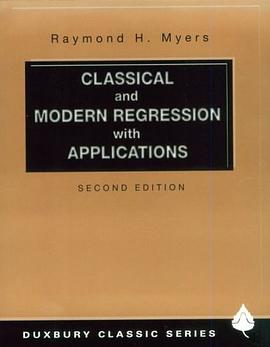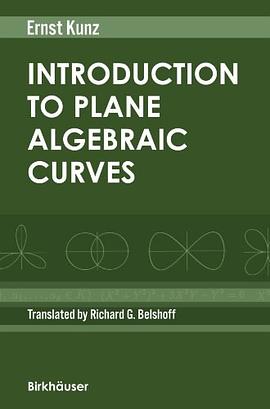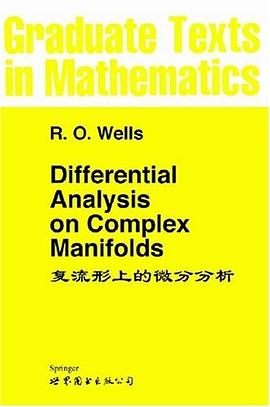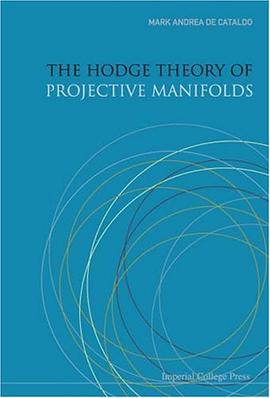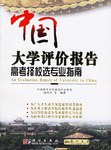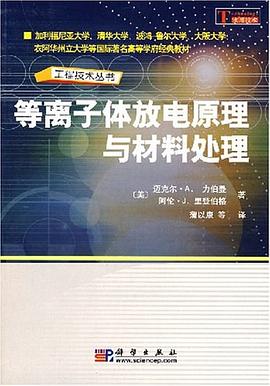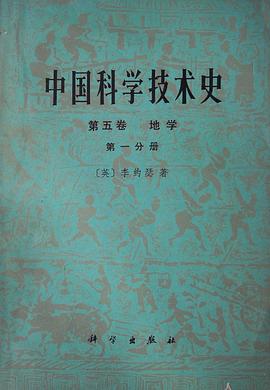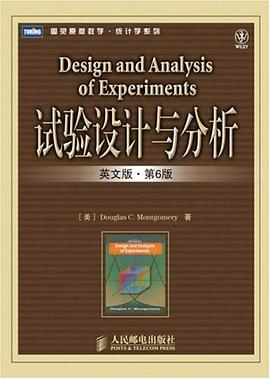

具體描述
《試驗設計與分析》(英文版)(第6版)是關於試驗設計與分析的名著,是作者在亞利桑那州立大學、華盛頓大學和佐治亞理工學院三所大學近30年試驗設計教學經驗和多年專業顧問經驗的基礎上編寫的,內容包括簡單比較試驗、2k因素設計、響應麯麵方法和設計、穩健參數設計和過程穩健性研究、隨機因素試驗、巢和分圖設計等。
《試驗設計與分析》(英文版)(第6版)適閤作為統計人員、自然科學研究人員、工程技術人員、管理人員和教師進行科學試驗設計與分析的參考書,也可用於農業類、生物類、統計類的高年級本科生、研究生的教學參考用書。
著者簡介
圖書目錄
Chpter1 Introduction
1.1 Strategy of Experimentation
1.2 Some Typical Applications of Experimental Design
1.3 Basic Principles
1.4 Guidelines for Desiging Experiments
1.5 A Brief History of Statistical Design
1.6 Summary:Using Statistical Techniques in Experimentation
1.7 Problems
Chapter2 Simple Comparative Experiments
2.1 Introduction
2.2 Basic Statical Concepts
2.3 Sampling and Sampling Distributions
2.4 Inferences about the Differenecs in Means,Randomized Designs
2.5 Inferences about the Differences in Means,Paired Comparison Designs
2.6 Inferences about the Variances of Normal Distributions
2.7 Problems
Chapter3 Experiments with a Single Factor:The Analysis of Variance
3.1 An Example
3.2 The Analysis of Variance
3.3 Analysis of the Fixed Effects Model
3.4 Model Adequacy Checking
3.5 Practical Interpretation of Results
3.6 Sample Computer Output
3.7 Determining Sample Size
3.8 Discovering Dispersion Effects
3.9 The Regression Approach to the Analysis of Variance
3.10 Nonparametric Methods in the Analysis of Variance
3.11 Problems
Chapter4 Randomized Blocks,Latin Squares,and Related Designs
4.1 The Randomized Complete Block Design
4.2 The Latin Square Design
4.3 The Graeco-Latin Square Design
4.4 Balanced Incomplete Block Designs
4.5 Problems
Chapter5 Introduction to Factiorial Designs
Chapter6 The 2k Factorial Design
Chapter7 Blocking and Confounding in the 2k Factorial Design
Chapter8 Two-Level Fractional Factiorial Designs
Chapter9 Three-Level and Mixed-Level Factorial and Fractional Factiorial Designs
Chapter10 Fitting Regression Models
Chapter11 Response Surface Methods and Eesigns
Chapter12 Robust Parameter Design and Process Robustness Studies
Chapter13 Experiments with Random Factors
Chapter14 Nested and Split-Plot Designs
Chapter15 Other Design and Analysis Topics
Bibliography
Appendix
Index
· · · · · · (收起)
1.1 Strategy of Experimentation
1.2 Some Typical Applications of Experimental Design
1.3 Basic Principles
1.4 Guidelines for Desiging Experiments
1.5 A Brief History of Statistical Design
1.6 Summary:Using Statistical Techniques in Experimentation
1.7 Problems
Chapter2 Simple Comparative Experiments
2.1 Introduction
2.2 Basic Statical Concepts
2.3 Sampling and Sampling Distributions
2.4 Inferences about the Differenecs in Means,Randomized Designs
2.5 Inferences about the Differences in Means,Paired Comparison Designs
2.6 Inferences about the Variances of Normal Distributions
2.7 Problems
Chapter3 Experiments with a Single Factor:The Analysis of Variance
3.1 An Example
3.2 The Analysis of Variance
3.3 Analysis of the Fixed Effects Model
3.4 Model Adequacy Checking
3.5 Practical Interpretation of Results
3.6 Sample Computer Output
3.7 Determining Sample Size
3.8 Discovering Dispersion Effects
3.9 The Regression Approach to the Analysis of Variance
3.10 Nonparametric Methods in the Analysis of Variance
3.11 Problems
Chapter4 Randomized Blocks,Latin Squares,and Related Designs
4.1 The Randomized Complete Block Design
4.2 The Latin Square Design
4.3 The Graeco-Latin Square Design
4.4 Balanced Incomplete Block Designs
4.5 Problems
Chapter5 Introduction to Factiorial Designs
Chapter6 The 2k Factorial Design
Chapter7 Blocking and Confounding in the 2k Factorial Design
Chapter8 Two-Level Fractional Factiorial Designs
Chapter9 Three-Level and Mixed-Level Factorial and Fractional Factiorial Designs
Chapter10 Fitting Regression Models
Chapter11 Response Surface Methods and Eesigns
Chapter12 Robust Parameter Design and Process Robustness Studies
Chapter13 Experiments with Random Factors
Chapter14 Nested and Split-Plot Designs
Chapter15 Other Design and Analysis Topics
Bibliography
Appendix
Index
· · · · · · (收起)
讀後感
評分
評分
評分
評分
評分
用戶評價
评分
大概翻瞭一下,原以為試驗設計很冷門,沒想到這本書居然有38k+引用!!
评分大概翻瞭一下,原以為試驗設計很冷門,沒想到這本書居然有38k+引用!!
评分大概翻瞭一下,原以為試驗設計很冷門,沒想到這本書居然有38k+引用!!
评分大概翻瞭一下,原以為試驗設計很冷門,沒想到這本書居然有38k+引用!!
评分大概翻瞭一下,原以為試驗設計很冷門,沒想到這本書居然有38k+引用!!
相關圖書
本站所有內容均為互聯網搜索引擎提供的公開搜索信息,本站不存儲任何數據與內容,任何內容與數據均與本站無關,如有需要請聯繫相關搜索引擎包括但不限於百度,google,bing,sogou 等
© 2025 book.quotespace.org All Rights Reserved. 小美書屋 版权所有

